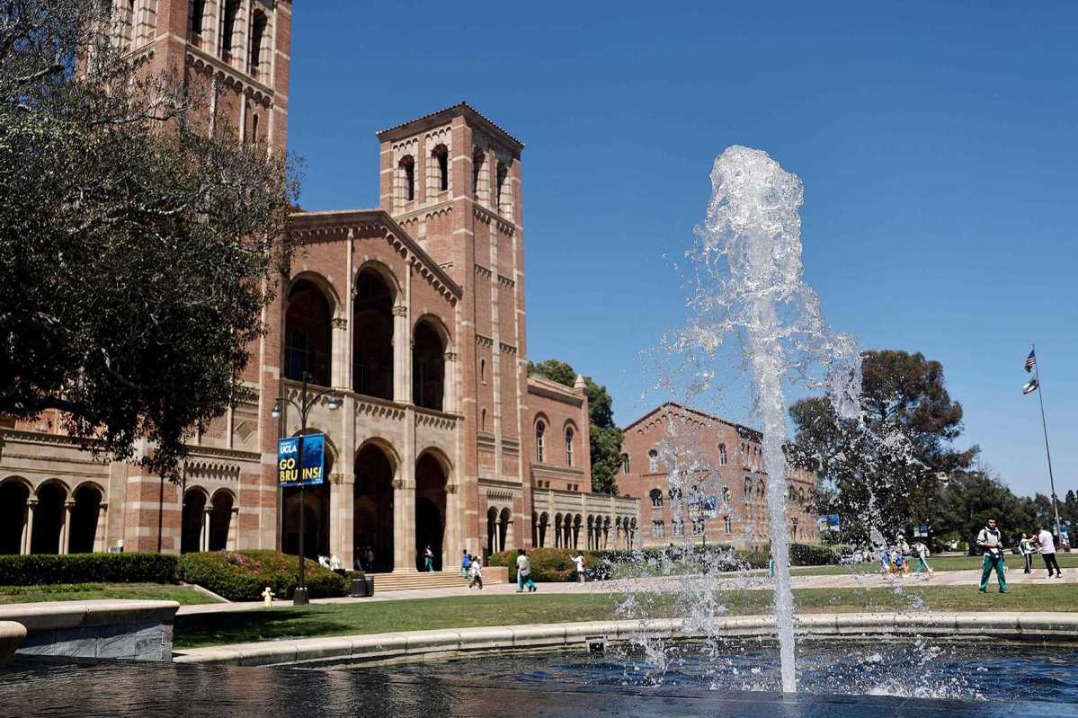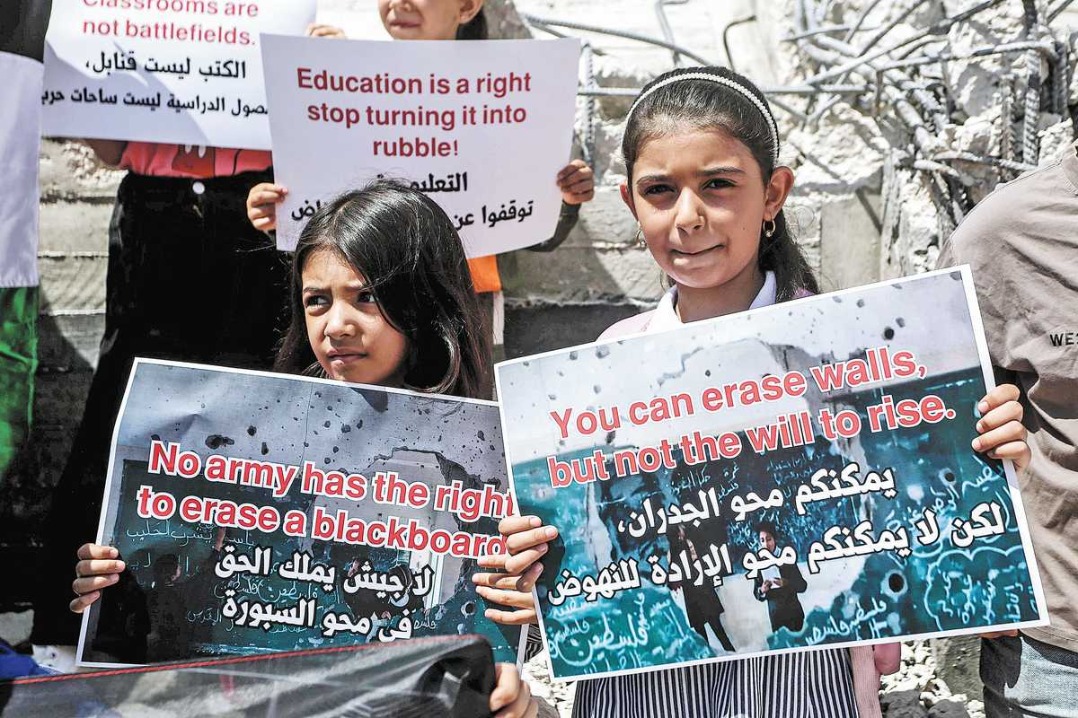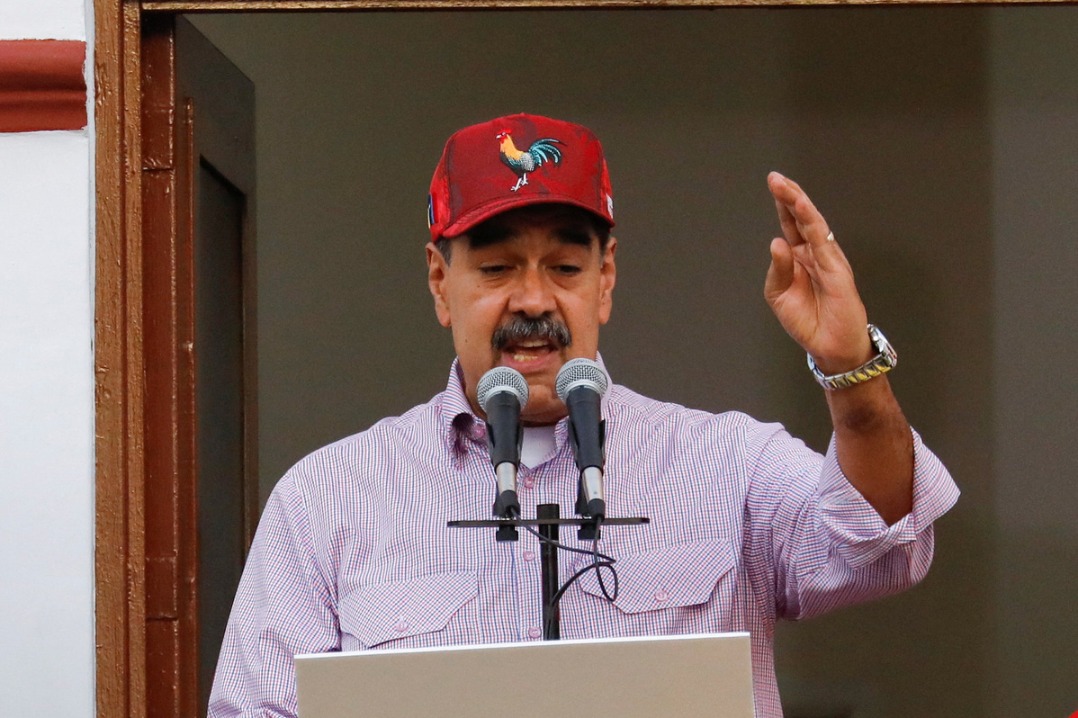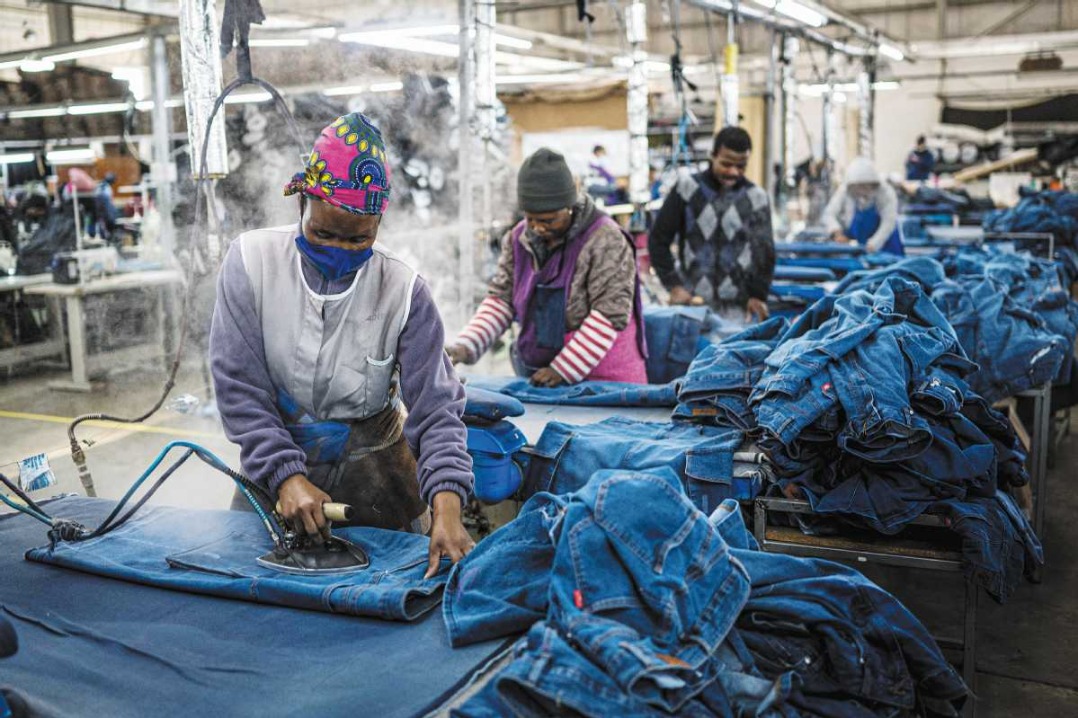Private rice imports surge amid shortages in Japan

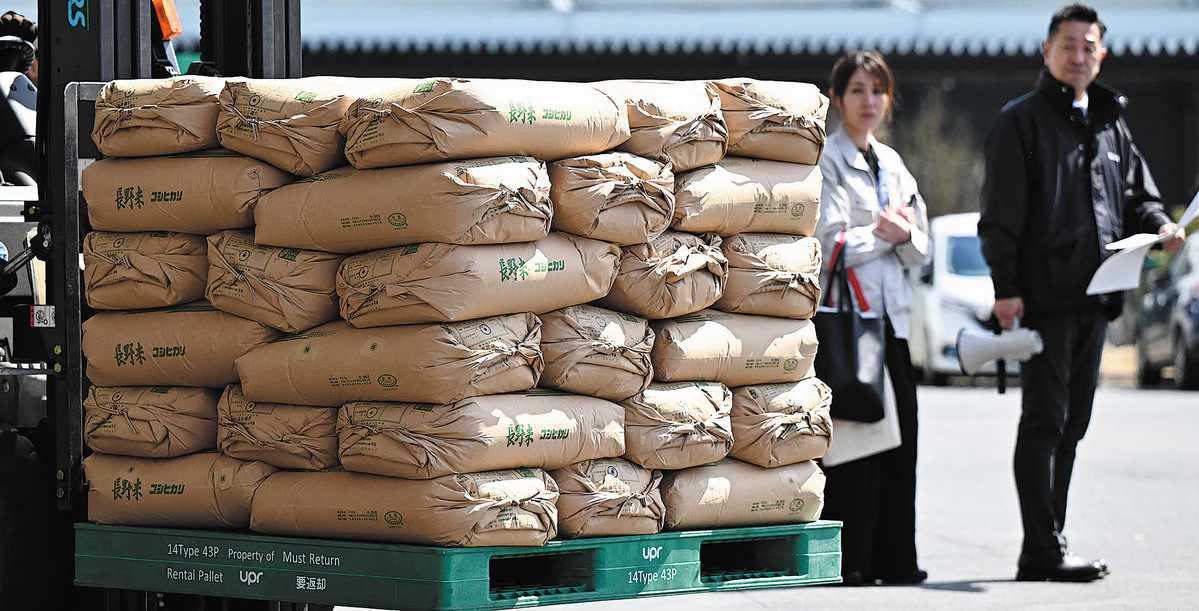
Private imports of overseas rice have been increasing rapidly in Japan due to shortages in the domestic market. In the fiscal year 2024, rice import applications submitted to the government covered a record-high 991 tons as of the end of January.
Currently, companies are able to profit from such imported rice, even though they have to pay a high tariff. Kanematsu Corp, a major trading company based in Tokyo, has decided to import an unprecedented 10,000 tons of rice in 2025.
There are two types of rice imports. Rice is either imported by the government, which is obliged to purchase a certain amount from foreign countries under the rules of the World Trade Organization, or it is privately imported by trading and other companies, which pay a tariff to the government.
Up to 100,000 tons of government-imported rice for staple food use is available for the market. Records of privately imported rice are available for fiscal 2019 onward, with 426 tons imported in fiscal 2020.
The amount had since been between 200 tons and 400 tons each year, but in the fiscal year 2024 it reached 468 tons by the end of December. Then by the end of January, the amount had more than doubled to 991 tons.
Kanematsu announced in February it would import 10,000 tons of rice due to the high demand from those in the restaurant industry, such as Gyudon beef rice bowl chains.
According to sources close to the distribution industry, the purchase price for Calrose medium grain rice produced in the United States is about 150 yen ($1) per kilogram, including transportation and other costs. After the tariff is added, the total price is about 500 yen per kilogram.
Given that domestic rice is currently sold at around 900 yen per kilogram in stores, companies can sufficiently profit from imports, the sources said.
The Yokohama-based supermarket chain OK has been selling Calrose rice at 10 of its outlets since March 7 at 3,335 yen for five kilograms, including tax.
The system under which the government buys foreign rice is called the minimum access system. Following the 1993 Uruguay Round multilateral trade talks, the system was implemented in fiscal 1995.
Of the current rice import quota of 770,000 tons, the import of general-purpose rice for staple food use is limited to 100,000 tons. The government-imported rice sold out in the fiscal year 2024 for the first time in seven years due to a poor domestic rice harvest.
The Japan News

















